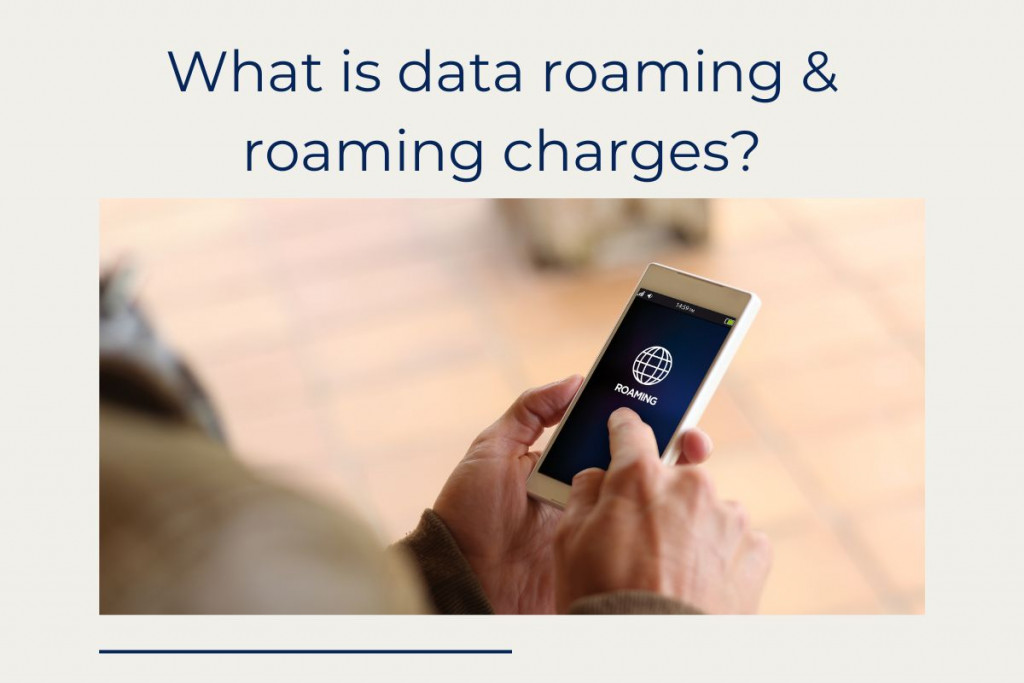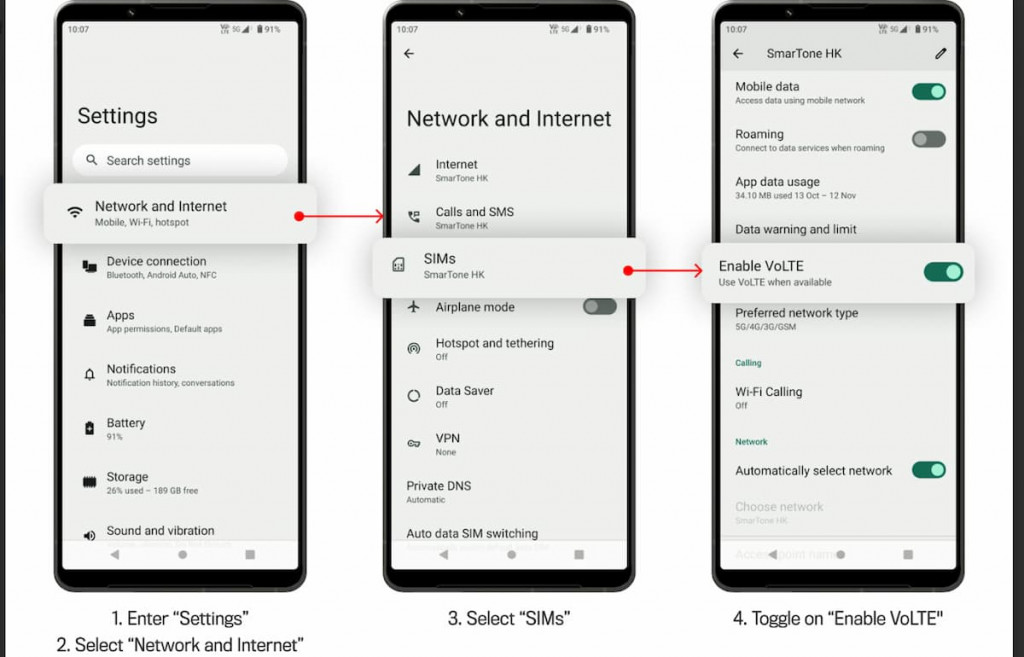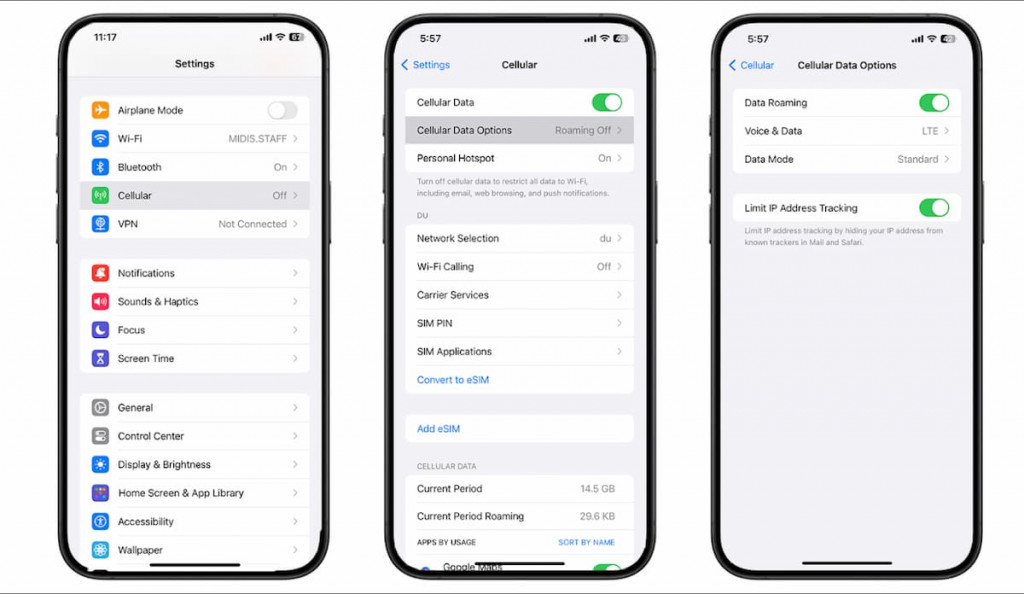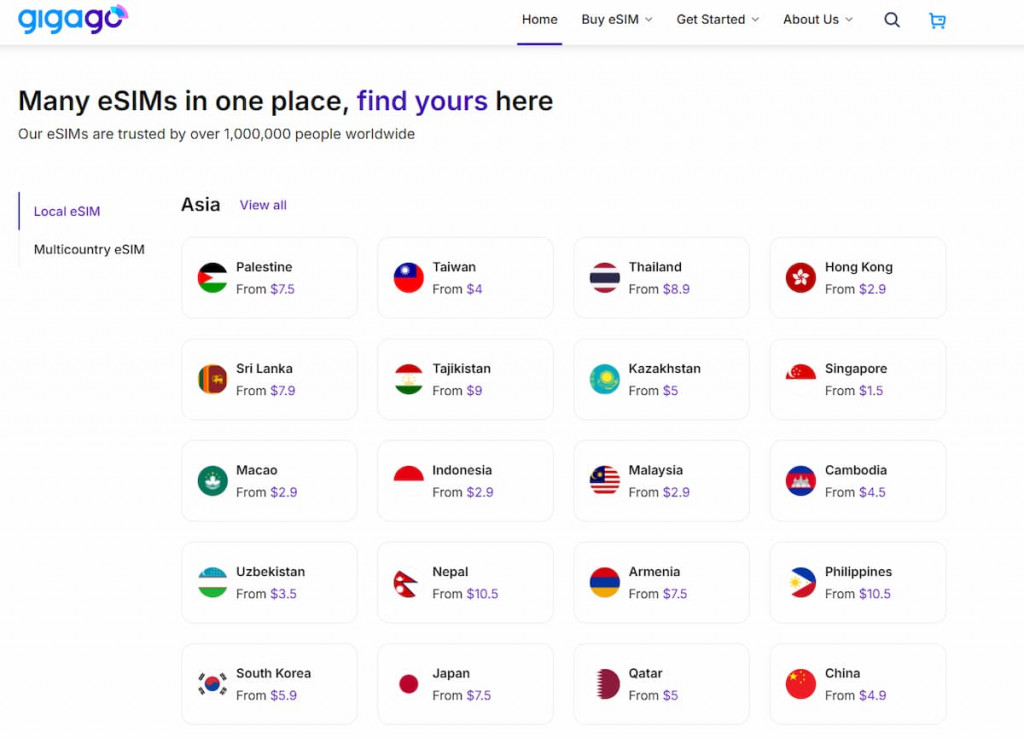What are Data Roaming and Roaming Charges?
Staying connected while traveling abroad has become a necessity for many. This convenience comes with challenges, particularly when understanding data roaming and roaming charges. This comprehensive blog post aims to shed light on these concepts, explain roaming charges, provide practical tips to enable data roaming, and offer strategies for avoiding unexpected fees. By the end of this article, you’ll be well-equipped to navigate the complexities of mobile connectivity while traveling.
Table of Contents

What is Data Roaming?
Data roaming refers to the ability of your mobile device to access the internet and other data services while you are outside the coverage area of your home network. When you travel internationally, your phone can connect to local networks in that country, allowing you to use data services, such as web browsing, sending emails, or using apps. While this feature is incrhandy’s important to understand how it works and what it means for your wallet.
Depending on your location and your local carrier, costs may vary. This cost will often be quite high, so research carefully and be cautious when using data roaming if it’s not included in your monthly plan to avoid surprise bills and save money.
What Are Roaming Charges?
Roaming charges are fees incurred when you use your mobile device outside the geographic coverage area of your home network. These charges can apply to voice calls, text messages, and, most notably, data usage. Understanding roaming charges is essential for travelers who want to maintain connectivity without breaking the bank.
Tips on enabling Data Roaming
1. Enabling Data Roaming on Android
To enable data roaming on an Android smartphone, open the Settings app, select the Connections option, and then choose Mobile Networks.
At the top of the page, there is a toggle button labeled Mobile Data. Turn that on, and you’ll be able to use mobile internet in other countries.

2. Enabling Data Roaming on iPhone
To enable data roaming on your iPhone, go to the Settings app, tap on Cellular Data, and toggle the switch for Cellular Data. You will now have access to mobile internet.

Best Ways to Avoid Roaming Charges
Apply the following tips to keep roaming costs to a minimum when traveling:
1. Use a Local SIM Card
Using a local SIM card is a great way to optimize costs as you’ll be charged at local rates. However, your phone needs to be unlocked. The downside is that if your device only has one SIM slot, you’ll need to remove your current SIM card to use the local one.
2. Check if Your Carrier Offers Roaming Add-on
Most carriers nowadays offer the option to pay a small fee for a roaming add-on, allowing you to use data, text, and calls abroad. If you purchase these add-ons, you’ll only pay for the add-on itself and won’t incur extra charges. Contact your carrier’s customer service if you’re unsure about your options.
3. Use eSIM
Simply activate an eSIM (a virtual SIM card), which is convenient and quick with just a few taps on your phone. Travel eSIMs are often cheaper than roaming add-ons and can be purchased and set up in advance.
Enjoy easy mobile data connection with Gigago eSIM. As one of the most reputable eSIM providers, covering over 200 countries across all continents, Gigago offers various optimized data packages for travelers starting from just $3, with options ranging from 3 to 30 days depending on your needs. Here are some of the standout advantages of eSIM compared to traditional physical SIM cards:
- Easy Activation: Receive an activation email immediately after completing your order. Simply scan the QR code to start using your eSIM.
- Cost-Saving Packages: These packages include various data plans that you can choose based on your budget and/or the destinations you frequently visit.
- Seamless Connection: Ensure stable coverage at consistent speeds with large network providers partnered with Gigago.

Discover the optimal mobile data solution with Gigago eSIM. You can fully enjoy your trip without worrying about staying connected or facing unexpected roaming bills. Visit Gigago now to choose the most cost-effective plan for your trip.
Using Free Local Wi-Fi
Many hotels, cafes, and large shopping centers now offer free Wi-Fi. Take advantage of this free wireless internet service whenever possible. However, remember to turn off mobile data access and check the security information before connecting. In some places, they may limit the free access time or restrict access to specific areas. Therefore, if you have roaming enabled, your phone might automatically switch to the local mobile network without warning.
FAQs
Should I keep my data roaming turned on or not?
As a general rule, it’s best to keep your data roaming turned on. This is especially useful if you are in areas with weak 3G, 4G, or 5G signals. You can also make use of available public Wi-Fi to save on mobile data usage.
How does the fair use policy for roaming limits works?
The fair use policy means that networks may cap your roaming data limit lower than what you receive at home. This means you may still incur high data charges if you exceed this lower limit.
Conclusions
Once you understand data roaming and how much it costs, you will be more confident in planning your trip. Therefore, take time to research before your trip to find the right solution. Choosing solutions such as local SIM cards and eSIM is one of the most convenient and cost-effective solutions, making your journey more meaningful and complete.



